It was an honor to receive in the mail another great book from good friend Loretta Leu and the Leu family. “Berber Tattooing in Morocco’s Middle Atlas” by Felix and Loretta Leu documents their return trip through Morocco in 1988 and their stay with one of North Africa’s, and the world’s, oldest tribes. An excerpt from the book explains, ‘Berbers are the indigenous people of North Africa, having been there since the beginning of recorded history. They call themselves Amazigh or free men, and their language, Tamazight, is one of the oldest in humanity… Felix and Loretta Leu with tattooist Khiatya_Batash, 1988 Felix and Loretta Leu with tattooist Khiatya Batash, 1988
Even though tattooing is frowned upon in Morocco by today’s predominantly Islamic religion, its roots in the ancient Berber culture ensure that it remains a part of their custom. The people described and quoted .. were welcoming and warm, strong people living a difficult and hard lifestyle. Most were farmers and herdsmen.. in and around Khemisset in the Middle Atlas area of Morocco. Stories of the Leus’ escapades and travels lend a unique perspective to parts of tattoo history that remain unexplored by many of us. Berber tribal tattooing in Morocco is one of these unique traditions and looks that lends itself to diverse ethnographic history; fast disappearing even thirty years ago when this book was first written, the women represented now are largely gone, taking their history with them. Berber Tribal Tattoo Berber Tribal Tattoo
This book documents these people and their stories, which the Leus have taken great care to preserve, lest this piece of history be forgotten. Accompanied by guides and interpreters along their way, the Leus traveled over many weeks through Morocco and were welcomed as family by their shared passion for the art of tattoos (“losham”), gaining unprecedented insight into a people’s life who have rarely even been heard of. Full of personal interviews, copies of their notes, drawings and intimate photos from the journey, along with beautiful renditions of the women and tattoos of the Berber by daughter Aia Leu, this narrative account is unique unto itself. While many of the tattoos decorating the Berber people have significance, a lot of the people claim the tattoos are strictly decorative, reinforcing the often heavily investigated art form as just that, art. Across time and cultural borders, tattooing is an art form that brings people together and allows for personal freedom of expression. (It is interesting to note, as previously mentioned, that it was the eldest of the generations keeping the tattooing tradition alive in these areas with the young people believing the art sacreligious; they were awed by the fact that tattooing is embraced by the young in Europe and elsewhere.) Available at seed press along with ‘The Art of the Leu Family, this historically important and personal collection may be one of the only intimate accounts of the lives of the Berber, and of the close and loving interactions of one of the world’s most renowned tattoo families. Felix tattooed Fatima Rajai Bouazz with his battery-operated travel tattoo equipment. Felix tattooed Fatima Rajai Bouazz with his battery-operated travel tattoo equipment.
Unpublished for thirty years until now, this beautiful rendition deeply captures the exchanges and interactions between two very different peoples; through their shared art and love of tattooing, cultural barriers like language and customs were overcome and each made to feel as a family by the other. The Berber, we are told, are under a moral and religious obligation to ‘treat you as well as they can and to feed you to saturation’, a tradition not unlike that of many familiar cultures up to this day.


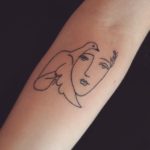




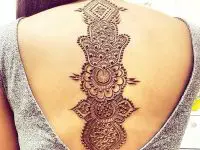
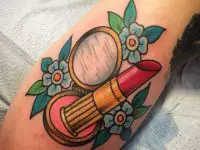


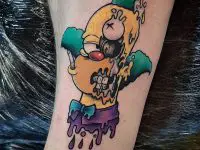
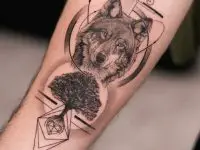
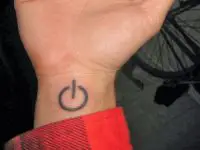


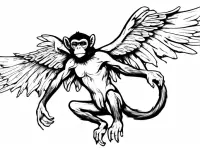
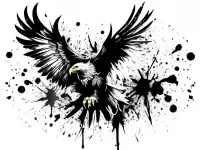
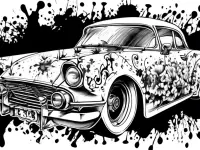



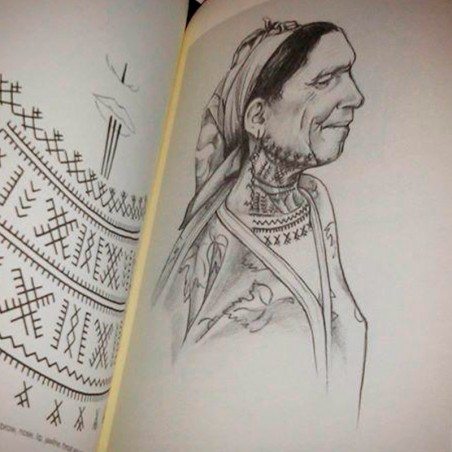
0 Comments